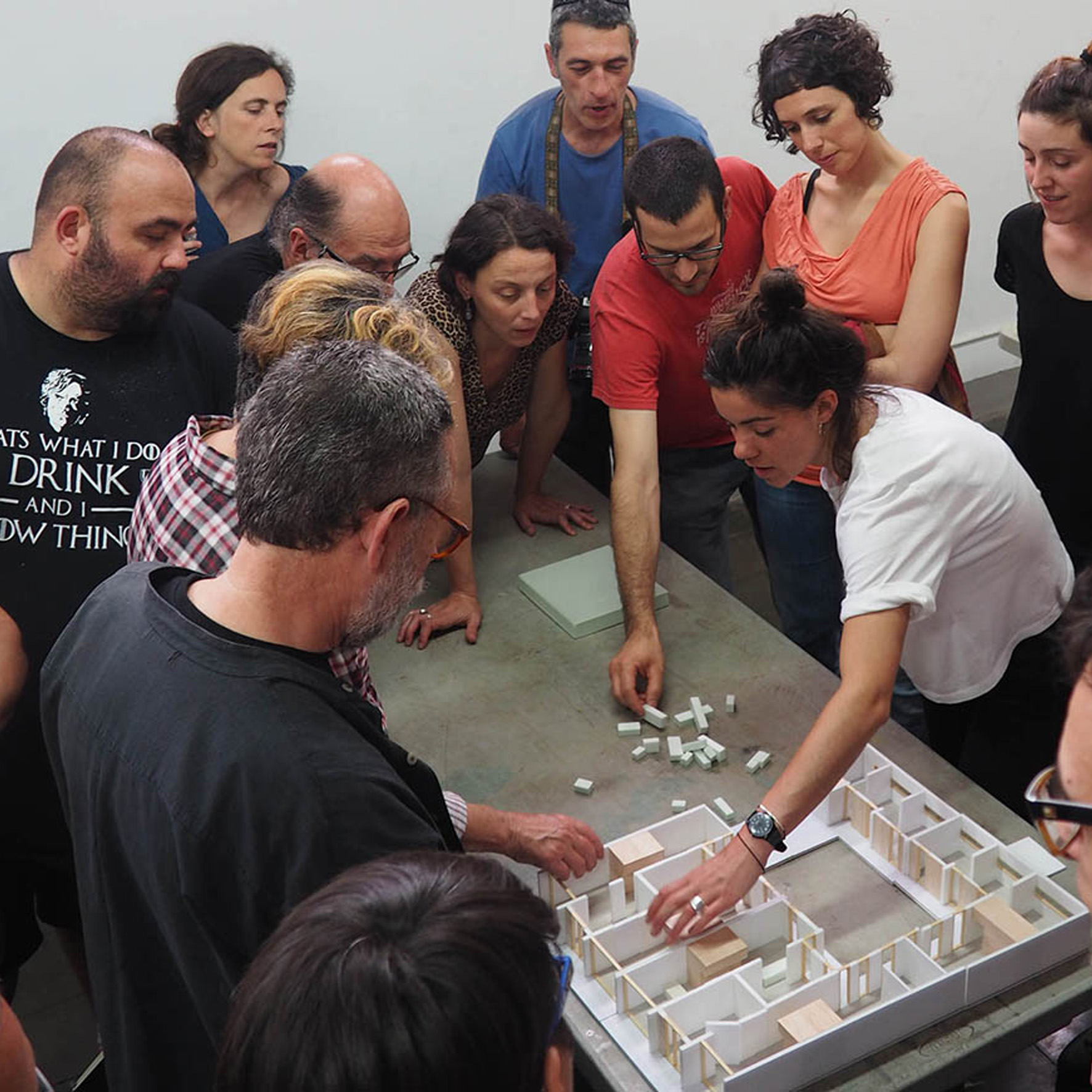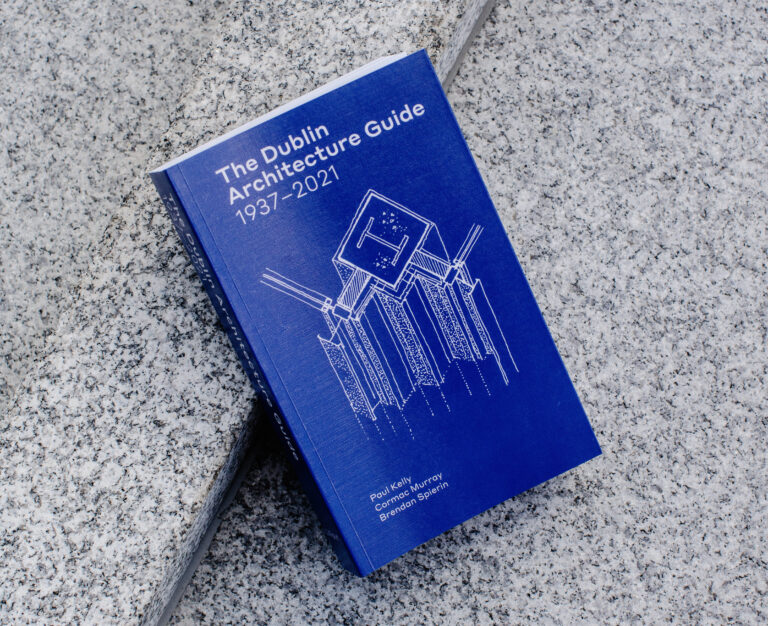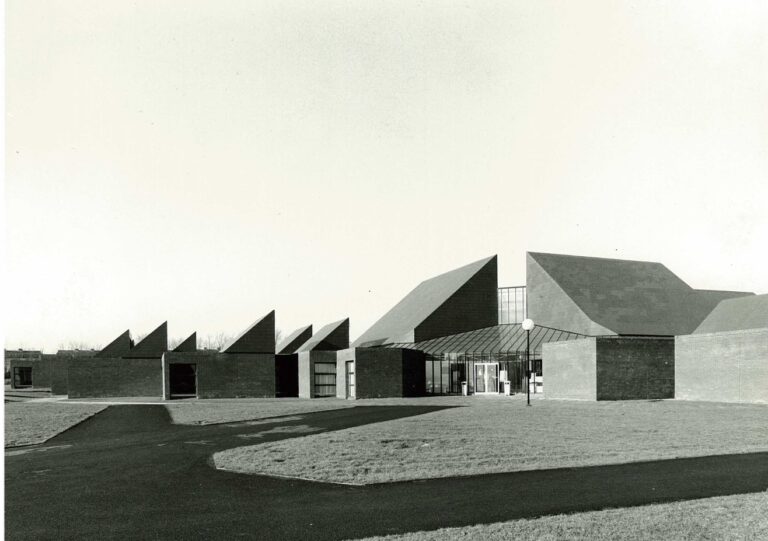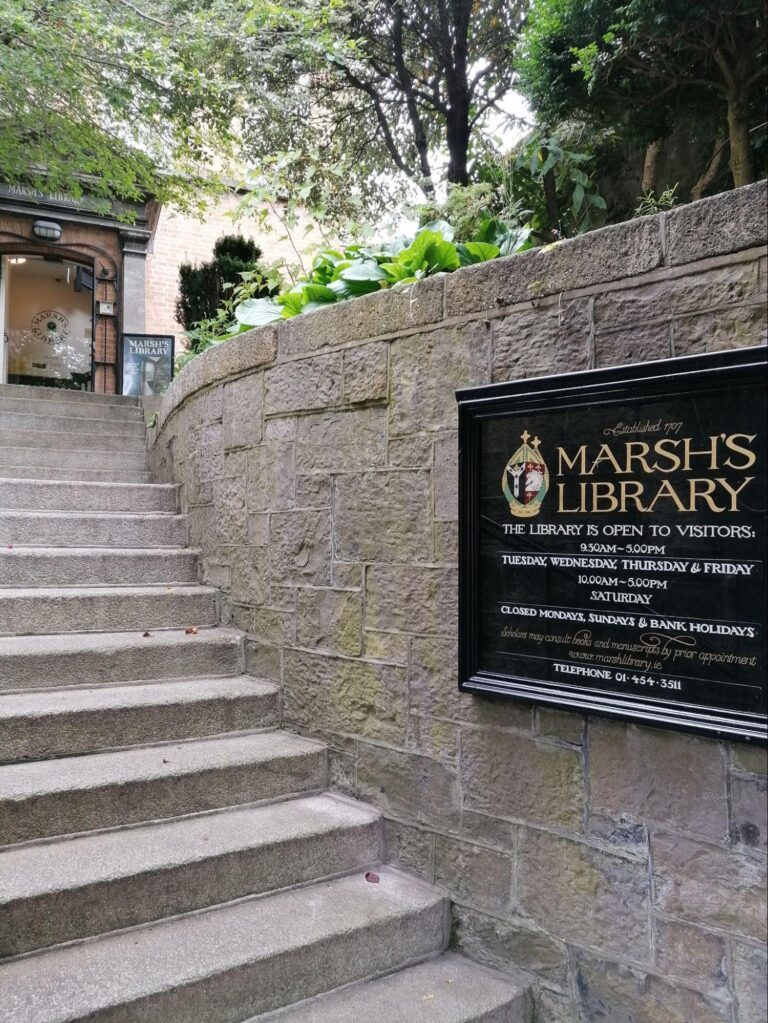Journal •
Alternative Housing For Change
Who decided that our homes had to be built by foreign capital utilised as an attractive, safe, low risk investment? Some believe that architecture is a tool for capital. ‘Not beauty but profit is architecture’s main driver. Without it, there would be no buildings’ (Reiner de Graff, 2017) However, there are alternative methods to financing and building homes and Co‐Housing is a model for change.
De Graff is not wrong. A schism exists between the administration and the use of the building, Giancarlo deCarlo echo’s this and describes how once the building changes hands from the people who built it to its users, the relationship shifts. This usually involves the user having to adapt to the environment when really the environment should adapt to its user. This approach he says ‘ends up mirroring the interests, values and codes of the power structure’. Co‐housing is one such alternative form of housing that can be non‐speculative and often engages with its users needs.
Co‐Habitation
Alongside Grafton architects, this year’s Mies award was also given to the a cooperative housing scheme, La Borda.
La Borda, which is currently the largest timber building in Spain, is cooperative housing scheme by Lacol. It was praised for its model as it is based on co ownership and co management of shared resources. It is described as decent, non‐speculative housing. There are 28units with a range of apartment sizes and shared community spaces such as kitchen‐dining room, laundry, guestrooms, health space and storage.
The community decided on the objections of the development. A priority of the development was to redefine the collective housing program, to minimise environmental impact and to mitigate the possibility of energy poverty and to engage the community in the design. Social engagement is defines by Tatjana Schnider as an activity as it is a theory that is charged with the dynamics of collective versus the individual. La Borda responds brilliantly to this view and consequently, Lacol architects will feature in this year’s RIAI annual conference.

Cohabitation, participation and redefinition of housing is necessary to create our future towns and cities. There is a necessity for new models of housing which favour the owner over the speculative investor. There is a tendency to assume that the housing crisis, can be solved through grants and government schemes which are somehow incorporated into the existing framework when in fact, this is not an adequate approach at all and housing needs to be discussed in a more radical way.

By Cormac O’Mahoney
M.Arch Student, School of Architecture Building and Environment, TU Dublin.
IAF Graduate Panel 2022
References:
Carlo, G. D. (2005). Architecture and Participation. Routledge.
de Graff, R. (2017) Four Walls and a Roof: The Complex Nature of a Simple Profession. Harvard University Press
Schneider, T. (2018). What If… or Towards a Progressive Understanding of Socially Engeged Architecture. In The Routledge Companion to Architecture and Social Engagement . Routledge.
Architects Website: https://www.lacol.coop/
Mies award website: https://www.miesarch.com/work/4554
Images and Image credits: Lacol and Lluc Miralles
 Elevation of Building
Elevation of Building 






